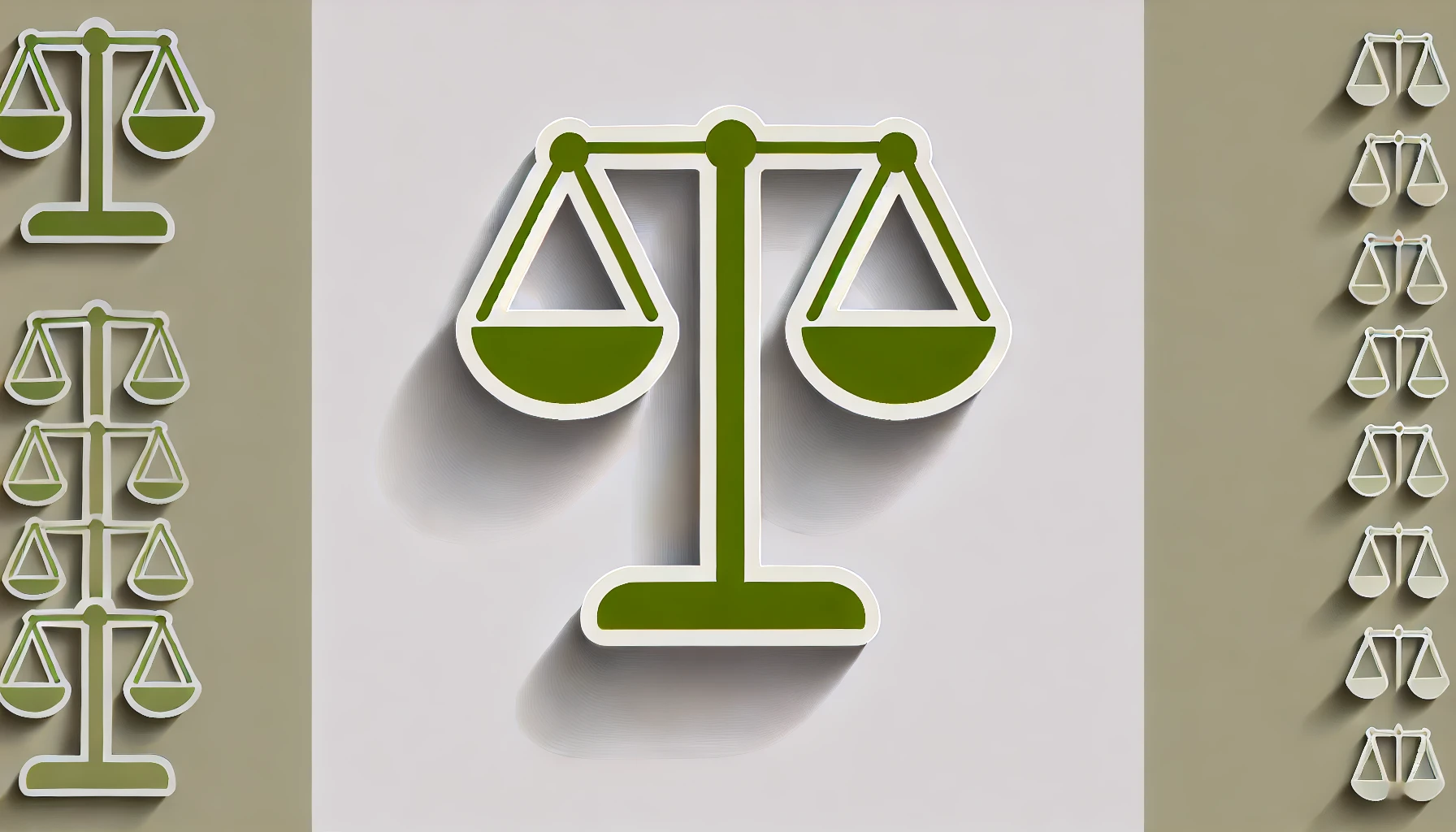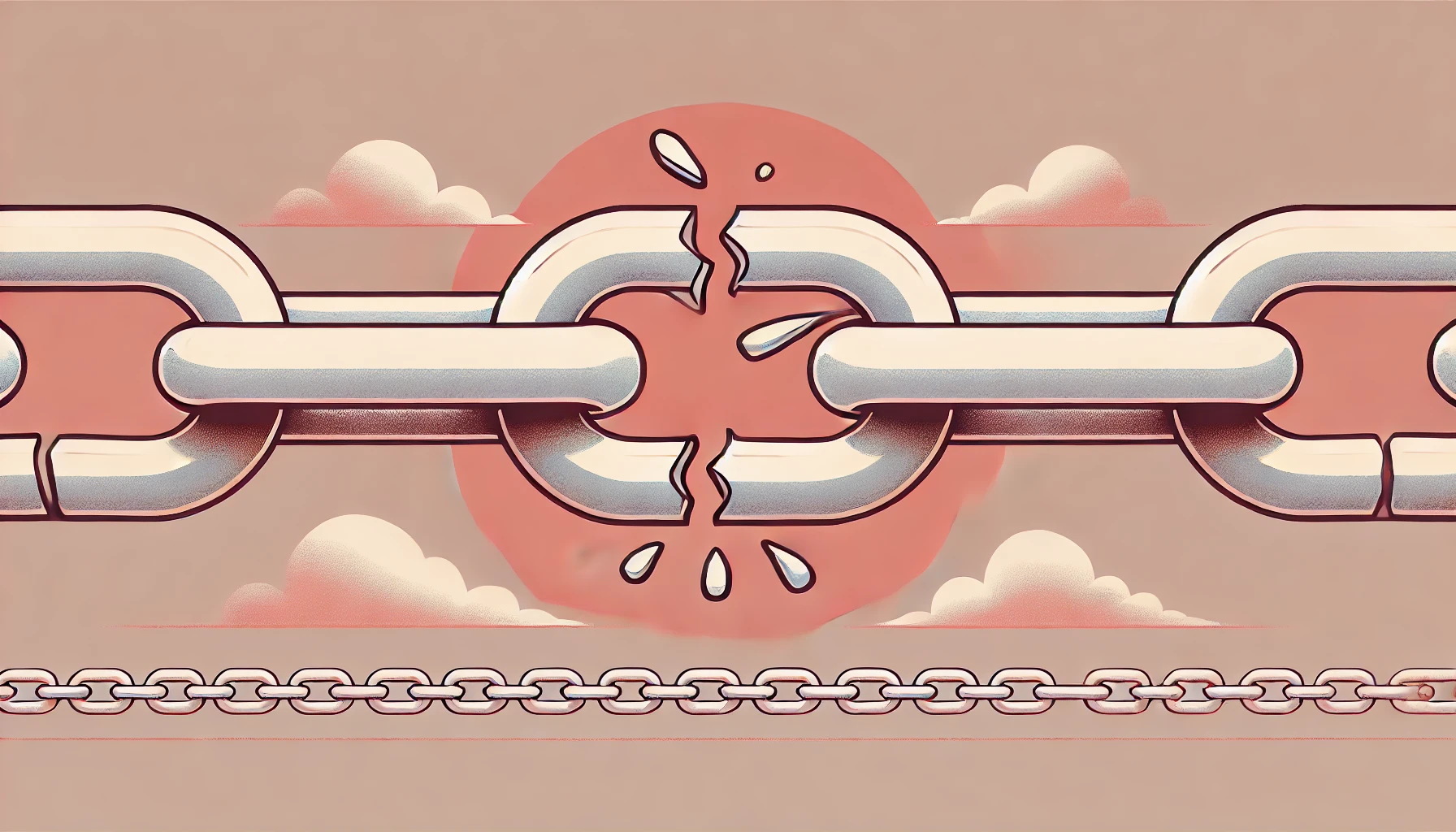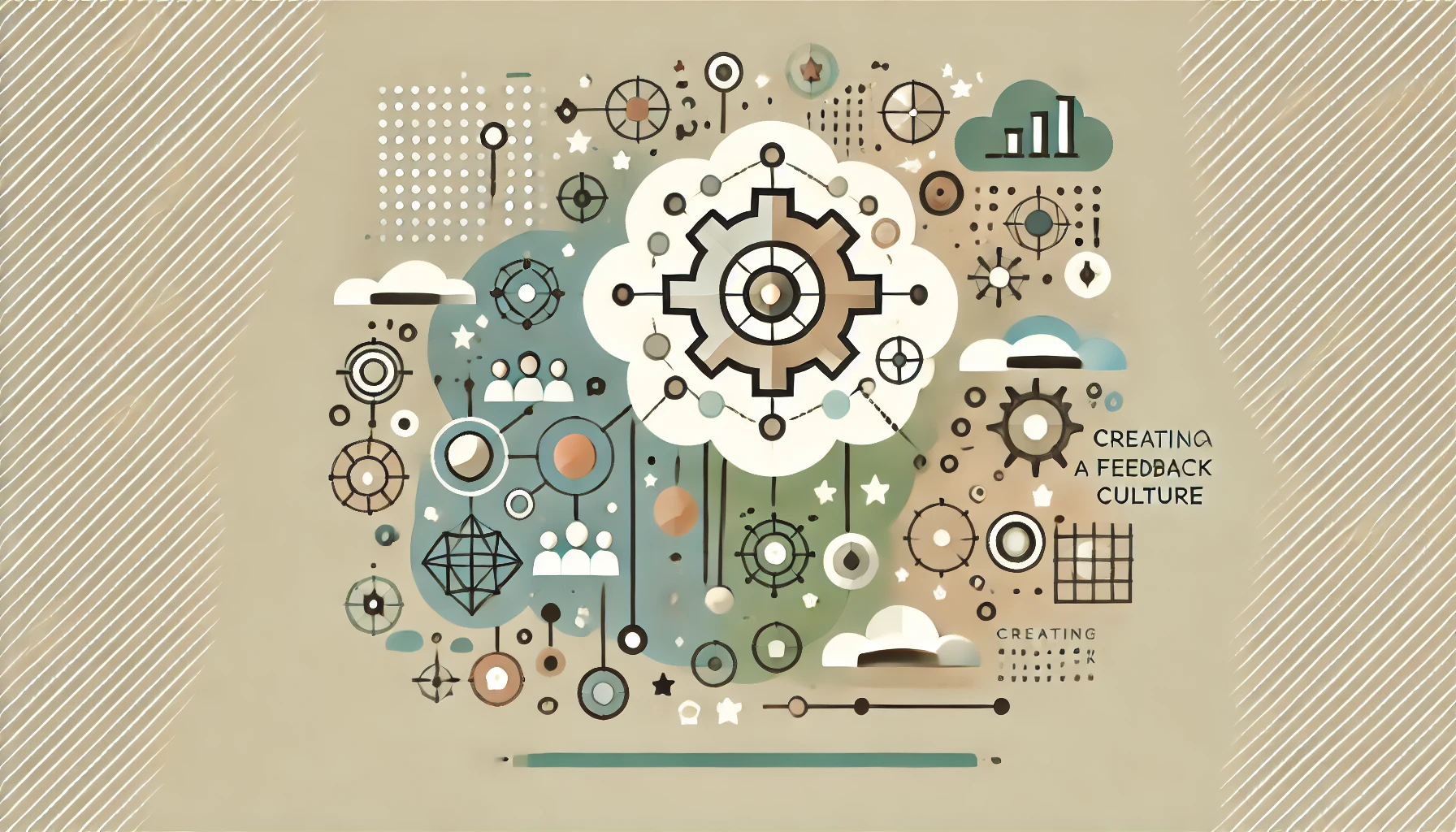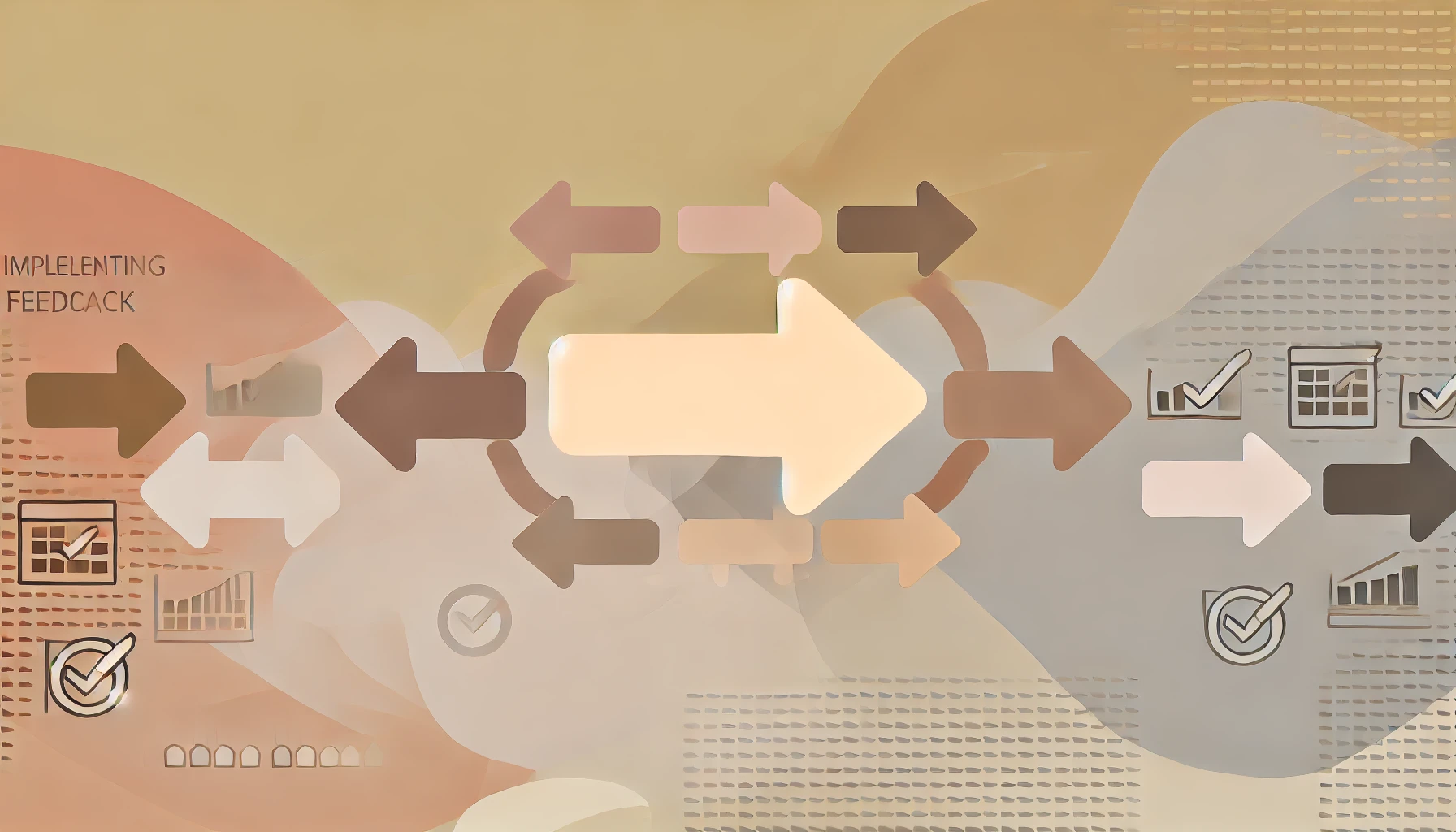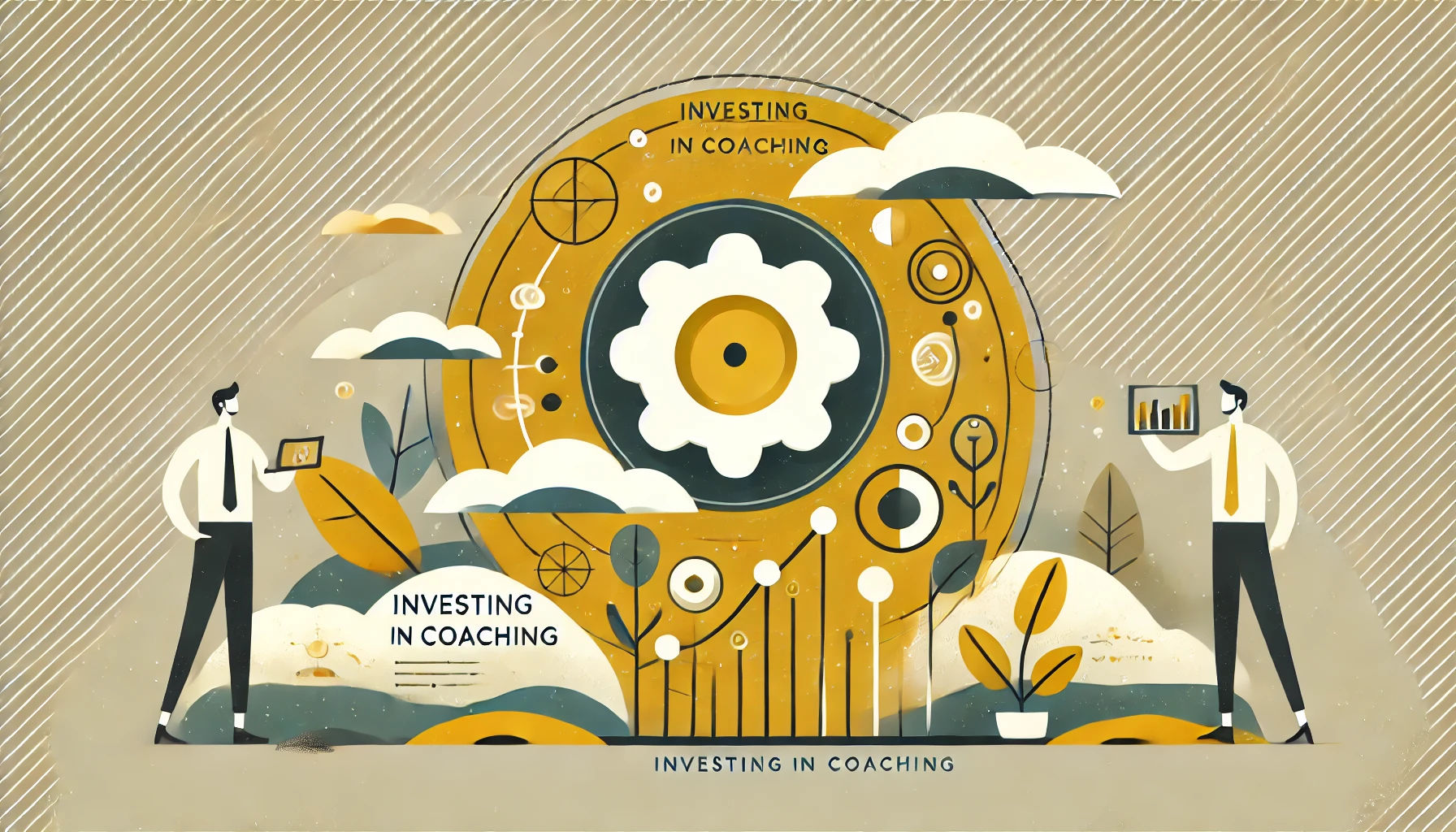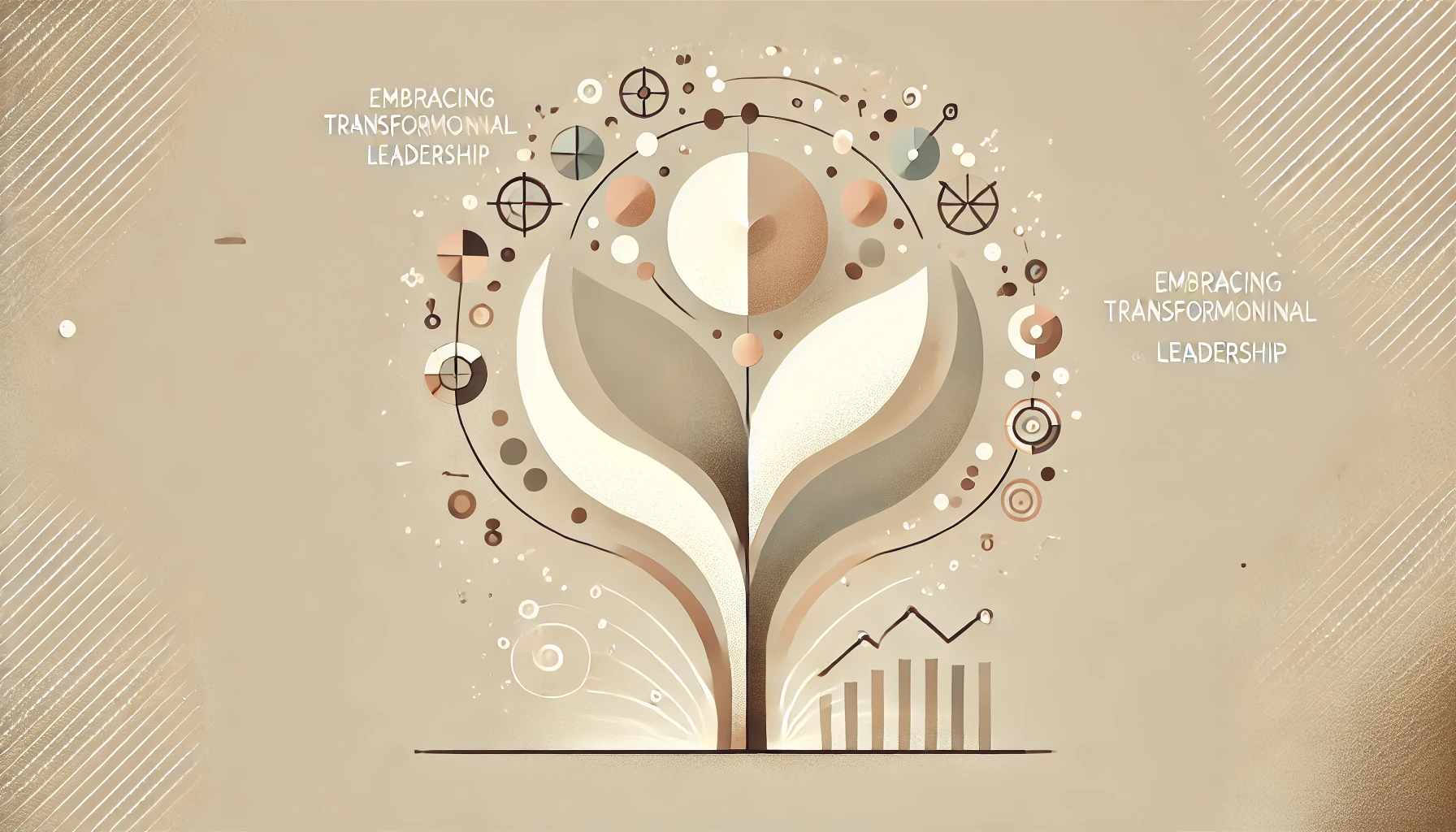Why do some companies succeed in becoming truly great, while others remain merely good?
This is the core question Jim Collins explores in his book, Good to Great, and the answer may surprise you.
The central argument of the book is this: “Good is the enemy of great.” Many businesses and individuals settle for being good, and that comfort zone can be the biggest obstacle to achieving greatness.

Collins argues that one of the main reasons we don’t have more great companies, schools, or even lives, is that it’s far too easy to settle for being good.
It’s comfortable. But that comfort comes at a cost— the cost of never realizing full potential.
The book delves into why so many people and institutions accept good as the standard and how this mindset prevents them from becoming truly great.
Why Good Isn’t Good Enough
Early in the book, Collins recounts a pivotal conversation he had with Bill Meehan, managing director at McKinsey & Company.
Meehan pointed out that Collins’ previous work, Built to Last, focused on companies that had always been great, but what about companies that weren’t great from the start? Could a company that was merely good transform into something great?
This question spurred Collins and his research team into a five-year deep dive into what separates the companies that make this leap from the rest.
The outcome? A comprehensive study of businesses that made the leap from good to great and sustained that greatness for at least 15 years.

The Research Behind the Theory
To fully understand what makes a company great, Collins’ team didn’t just look at successful companies.
They compared them to a control group of companies that started in similar circumstances but didn’t make the leap. The comparison allowed them to isolate the variables that drove greatness.
The results were remarkable. Companies that successfully transitioned from good to great achieved stock returns nearly seven times higher than
the general market over a 15-year period. This isn’t a small edge—these companies consistently outperformed the market and their peers.
What Sets Great Companies Apart?
One of the standout examples in the book is Walgreens.
For decades, Walgreens had been an average performer, tracking along with the general market. Then in 1975, something changed.
The company began a steady, long-term climb that far outpaced not only its peers but also some of the biggest names in the business world, like Intel and General Electric.
By 2000, Walgreens had delivered stock returns that dwarfed even the most celebrated tech companies.

But how did they do it? Collins reveals that the leap from good to great isn’t about adopting the latest business trend or hiring celebrity CEOs.
It’s about adopting a disciplined approach and making the tough decisions that most companies shy away from. Great companies don’t just drift into success—they get there through deliberate, consistent actions that build momentum over time.
Level 5 Leadership: The X-Factor
One of the key factors Collins highlights is something called “Level 5 Leadership.”
These leaders are humble yet determined, with a fierce commitment to the company’s long-term success. They prioritize the organization’s future over their personal gain, which sets them apart from the flashy, charismatic leaders often glorified in the media.
In fact, humility is a recurring theme in the book. Level 5 leaders aren’t about taking all the credit or showing off. They focus on putting the right people in the right positions and fostering an environment where everyone can thrive.
This is in stark contrast to many leaders who seek personal glory, often at the expense of the company’s well-being.

Building a Culture of Discipline
Great companies aren’t just led by great people—they’re also built on a culture of discipline. Collins explains that these companies create systems that encourage disciplined thought and action.
They set high standards, but they also give employees the freedom to meet those standards in their own way.
This combination of autonomy and accountability helps these companies maintain their momentum and continue to thrive, even as they grow larger and more complex.
For example, consider how Teamly software fosters this type of culture by allowing teams to collaborate seamlessly while tracking performance
metrics.
By integrating goal-setting with real-time feedback, Teamly helps businesses cultivate the kind of disciplined, high-performing teams
that Collins describes in his book.
The Flywheel Effect
Another powerful concept in Good to Great is the Flywheel Effect. Collins explains that great companies don’t rely on one big moment of success or a sudden breakthrough.
Instead, they build momentum slowly and steadily, like a flywheel.
It takes a lot of effort to get the flywheel moving at first, but once it starts spinning, it’s hard to stop.
Great companies keep pushing in the right direction until that
momentum becomes unstoppable.

This idea contrasts sharply with the “quick fix” mentality that many organizations fall into. Too often, companies chase the latest trends or
try to solve their problems with a single big initiative.
But according to Collins, lasting greatness is built on the back of consistent,
incremental progress. It’s about staying focused on what truly matters and being relentless in pursuing excellence.
The Hedgehog Concept: Simplicity Wins
One of the most actionable insights from Good to Great is the Hedgehog Concept.
This idea is all about simplicity. Great companies don’t try to be everything to everyone.
Instead, they focus on what they can be the best in the world at, what drives their economic engine, and what they are deeply passionate about.
By narrowing their focus to the intersection of these three elements, great companies achieve clarity and purpose that guides every decision they make.
The Hedgehog Concept is a powerful reminder that complexity often leads to mediocrity.
Trying to do too many things usually results in doing none of them well.
But by focusing on a single core strength, businesses can achieve the greatness that eludes those who spread themselves too thin.
If you’re interested in learning more about how companies make the leap from good to great, get your copy of Good to Great on Amazon.











